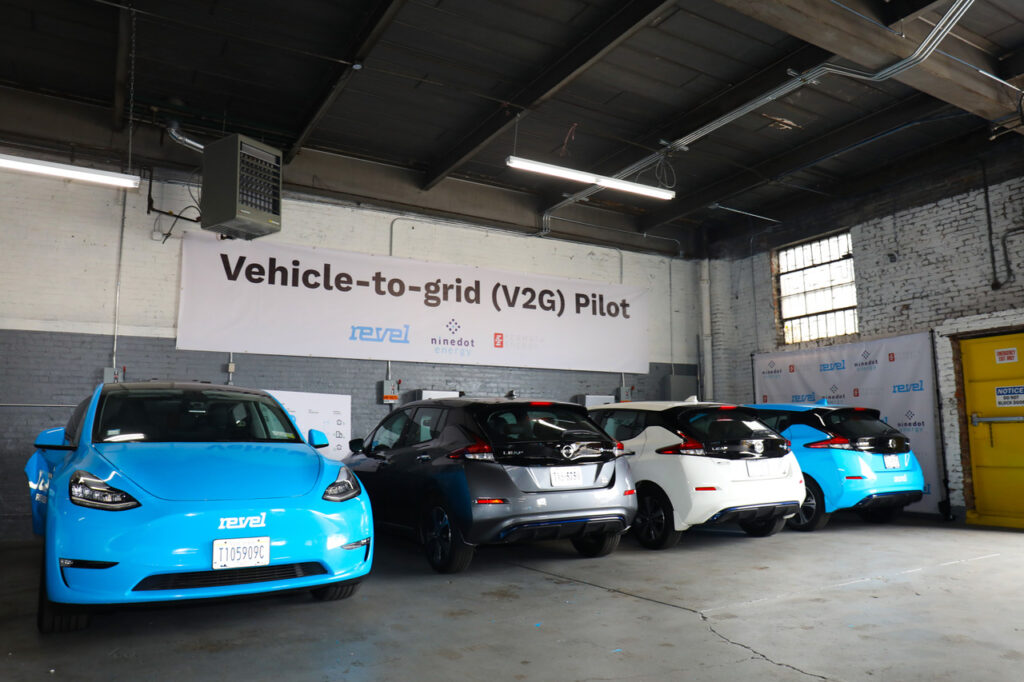
Your electric vehicle (EV) can earn you money with vehicle-to-grid technology, which allows your EV to feed power back to the grid through bidirectional charging.
This technology is still young, and only a few bidirectional chargers are now available for EV owners. Those who own Ford F-150 Lightning EVs can now feed energy to their homes during outages. Nissan Leaf EVs come equipped with vehicle-to-grid and vehicle-to-home capabilities. And Volkswagon recently announced that it is beginning to offer bidirectional charging capabilities. And Tesla said in November that its new Cybertrucks are capable of bidirectional charging.
A number of companies are beginning to roll out bidirectional chargers for EVs. They include, but aren’t limited to dcbel, Fermata Energy and Enphase Energy.
Bidirectional charging , which has the potential of converting electric vehicles (EV) into mobile energy systems (microgrids) that can serve as backup resources, income-generating opportunities and grid assets, is seen as critical to the clean energy transition.
“I’ve been working in clean DER my entire 30-plus years career; vehicle-to-grid integration is an order of magnitude bigger and more important than any other DER resource,” Kurt Johnson, community energy resilience director for the Climate Center told me during an interview with Microgrid Knowledge.
Here’s a recent story I wrote about a vehicle-to-grid project that demonstrates EV owners can earn income by sending EV power to the grid when the grid is stressed. The project is in New York City, where the innovative VDER program provides payments for those who send power from their EVs, solar systems, energy storage or other distributed energy resources to the grid.
Have you used a bidirectional charger to send power to your home, business or the grid? If so, tell me your story by contacting me!